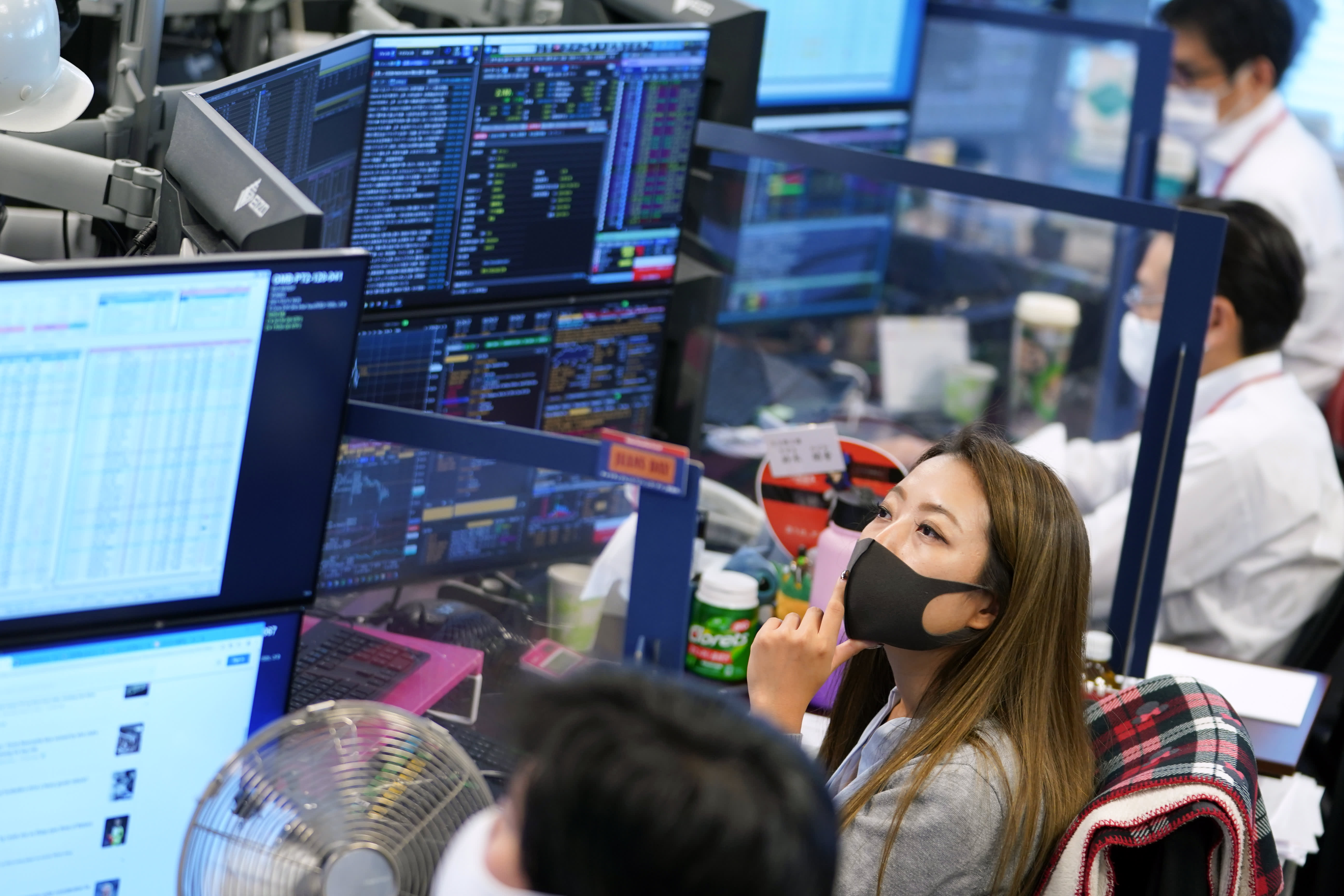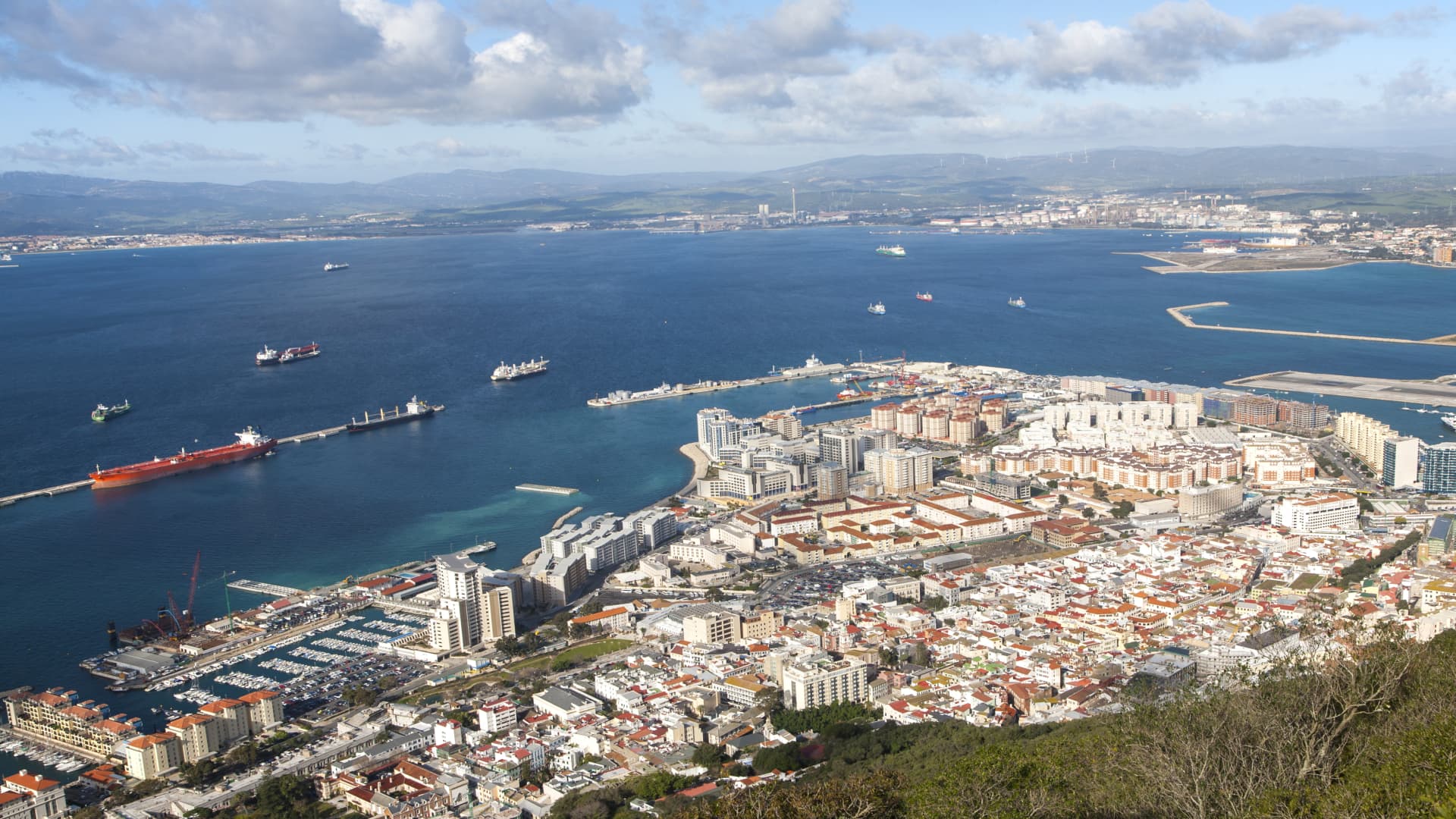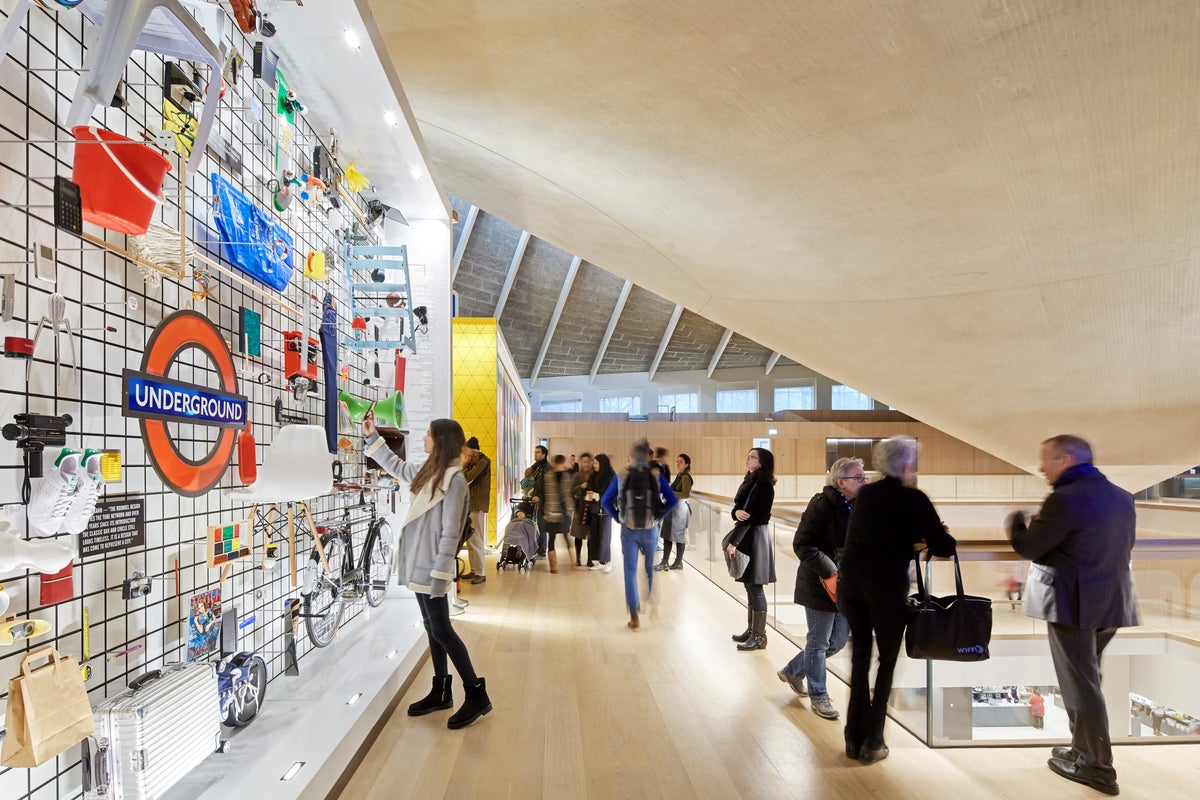Mass protests in Iran, sparked by woman's death in police custody, are the regime's biggest challenge in years
Protests were triggered by the death of 22-year-old Mahsa Amini, who was arrested for allegedly breaking Iran's strict rules on wearing the hijab.

A protester holds a portrait of Mahsa Amini during a demonstration in support of Amini, a young Iranian woman who died after being arrested in Tehran by the Islamic Republic's morality police, on Istiklal avenue in Istanbul on September 20, 2022.
Ozan Kose | AFP | Getty Images
Protests rocking Iran over the death of a 22-year-old woman in police custody have spread to at least 50 cities, even as police arrest and kill demonstrators in a violent crackdown.
Videos showing women burning their headscarves and crowds chanting "death to the dictator" amid burning cars are flooding social media, despite the Iranian government's intermittent shutdown of the country's internet.
The uprisings were triggered by the death of Mahsa Amini, a Kurdish Iranian woman who was arrested for allegedly breaking Iran's strict rules on wearing the hijab, the Islamic head covering for women. She died while in police custody, reportedly suffering multiple blows to the head.
Iranian authorities claimed no wrongdoing and say that Amini died of a heart attack; but her family, and masses of Iranians, accuse the government of a cover-up. Alleged eyewitnesses say they saw Amini being beaten to death by Iran's feared morality police. Pictures of Amini intubated and unconscious in a hospital bed sparked outrage across the country.
For the conservative Islamic theocracy of 86 million people, whose rigid laws forbid any dissent and impose fearsome punishments for those deemed a threat to the ruling regime, the acts of rebellion are huge — and the first time a protest movement of this scale has been led by women. Appearing in public as a woman without the head covering is a criminal offense in Iran and carries the consequence of prison time.
Iran's government puts the official death toll of those killed in the unrest at 17; one advocacy group, the New York-based Center for Human Rights in Iran, says government forces have killed 36 people.
CNBC was not able to independently verify these numbers.
What this uprising has revealed is the complete illegitimacy of not only the Islamic Republic, but indeed of the 1979 Iranian Revolution, in the eyes of this new generation.
The U.S. responded by condemning the Iranian government's actions, and has imposed sanctions on Iran's morality police, who it blames for Amini's death.
"Mahsa Amini was a courageous woman whose death in Morality Police custody was yet another act of brutality by the Iranian regime's security forces against its own people," Treasury Secretary Janet Yellen said in a statement. The Treasury Department also said it imposed sanctions on several senior Iranian military commanders.
Secretary of State Antony Blinken said in a separate statement: "The Iranian government needs to end its systemic persecution of women and allow peaceful protest."
Iran's Foreign Ministry and Mission to the United Nations did not immediately respond to a CNBC request for comment. Iranian President Ebrahim Raisi, a hardline conservative cleric, made no mention of Amini's death or the protests during his speech at the U.N. General Assembly on Wednesday.
'Our people are not stepping down'
For many young Iranians, there is very little to lose.
Iran is suffering from massive brain drain, as those who are able to leave the country do so, and years of living under Western-imposed sanctions and economic mismanagement by the government have left the economy in tatters. Faced with faltering negotiations with the U.S. on the Iranian nuclear deal talks and mounting unrest, the Iranian rial has fallen 8% against the dollar this month alone. Inflation surged past 50% in June.
A picture obtained by AFP outside Iran on September 21, 2022, shows Iranian demonstrators burning a rubbish bin in the capital Tehran during a protest for Mahsa Amini, days after she died in police custody. -
- | Afp | Getty Images
"They are beating and killing protesters in all cities of Iran, and police are trying to get help from neighboring countries like Afghanistan," one woman in the capital Tehran told CNBC, speaking anonymously out of fear of government reprisal.
She described some of the police forces confronting the protestors as "so young," saying she and her fellow demonstrators would tell them, "why are you against us? Come and protest with us!"
In response, she said, "some of them swear at us, but most say 'they forced us'."
Not just has Iran oppressed the women there but it has made the world hate us.
The situation is getting more dangerous by the day, Iranians who spoke to CNBC said.
"Since the government cut the internet to outside of Iran, things have only been getting worse," one Iranian woman living in Dubai told CNBC, whose family members inside Iran communicate to her using shaky connections provided by VPN.
"But our people are not stepping down and want to keep fighting to overthrow the government," she said, also speaking anonymously out of fear of government reprisal.
The state's aggression toward women for failing to properly wear the headscarf has "always been this bad for 43 years," the woman said, referring to how long Iran has been an Islamic Republic, which was established after the country's Islamic Revolution in 1979.
She described how "we get shamed by authorities and religious extremists" for showing too much hair and that "they take you to a reeducation center where you have to take a religion class by force, and if it's not your first time they jail you."
"Not just has Iran oppressed the women there," she added, "but it has made the world hate us."
A challenge to 'the entire project of political Islam'
The protests, while certainly not the first in Iran in recent years, speak volumes about the younger generation's attitude toward the Islamic Republic and their current desperation, says Roham Alvandi, an Iran historian and professor at the London School of Economics. The speed at which these uprisings have spread and the international support they have drawn presents a significant challenge to the regime.
"This is a revolt sparked by Mahsa Amini's generation, who have lived most of their lives in a heavily securitized state, a devastated economy, and a global pariah, and they place the blame for this squarely at the feet of the Islamic Republic," Alvandi wrote on Twitter.
"What this uprising has revealed is the complete illegitimacy of not only the Islamic Republic, but indeed of the 1979 Iranian Revolution, in the eyes of this new generation. This has enormous implications not just for Iran, but for the entire project of political Islam."
TOPSHOT - Nasibe Samsaei, an Iranian woman living in Turkey, cuts her ponytail off during a protest outside the Iranian consulate in Istanbul on September 21, 2022, following the death of an Iranian woman after her arrest by the country's morality police in Tehran.
Yasin Akgul | AFP | Getty Images
The most significant of the anti-government uprisings in Iran over the last two decades was arguably Iran's "Green Movement" in 2009, where hundreds of thousands of Iranians, predominantly students, protested election results widely believed to be rigged.
But this time, "the protesters are much bolder," says Evan Seigel, an academic who has co-published books on Iranian history. "Driven by their fury of decades of repression and humiliation, they have held their own in street fighting with the repressive organs, particularly the hated para-police."
"For the first time I can recall, the regime's medieval attitudes towards women has become a central issue in mass resistance to the regime," he said.
Members of Iran's Revolutionary Guards Corps (IRGC) march during the annual military parade In Iran's southwestern city of Ahvaz before the attack.
STRINGER | AFP | Getty Images
Still, analysts don't see a possibility of the regime being toppled, primarily because of the sheer strength and size of its security apparatus. Several Iranians have said they just do not know whether to have any hope.
Iran's Islamic Revolutionary Guard Corps (IRGC) and its paramilitary force, Basij, numbers around 250,000 and law enforcement personnel constitute an additional half million across the country, bolstering coercive power. These bodies were instrumental in putting down the 2009 Green Movement and protests since.
The events also underscore the irony of the Biden administration's efforts to pursue an agreement with Tehran to revive the 2015 Iran nuclear deal, some say, which lifted sanctions on the country in exchange for limits on its nuclear program.
"There could be no better snapshot of Washington's Iran policy incoherence than the image of Raisi and the UNGA podium while protests raged against the Islamic Republic across Iran," Behnam ben Taleblu, senior fellow at the Foundation for Defense of Democracies, told CNBC.
"Iranian women have bravely protested Iran's discriminatory hijab laws before," he added. "This is not the end of that story."

 Troov
Troov 
































